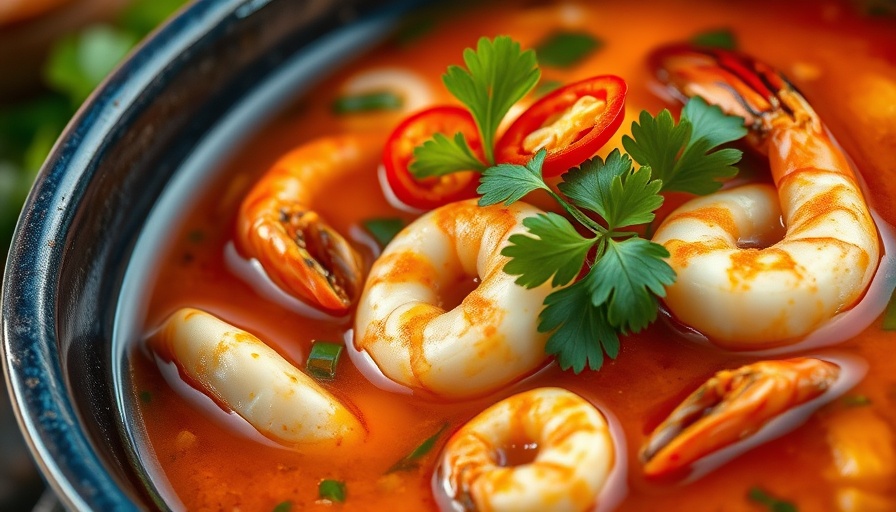
The Allure of Coriander in Thai Cuisine
Coriander, often a divisive herb globally, stands as an essential pillar of Thai cooking, elevating flavors in dishes like tom yum goong and laab. In the heart of Bangkok, chefs craft masterpieces where every part of the coriander plant is utilized—from its fragrant roots to its verdant leaves. The burst of freshness that coriander brings not only enhances taste but also showcases the intricacy of Thai culinary art.
Diverse Perspectives on Coriander
Interestingly, while Thais embrace coriander, it remains polarizing for many. Reports suggest that genetic predisposition affects how individuals perceive the herb’s flavor, with some likening it to soap. However, local chefs, like Dylan Eitharong from Haawm restaurant, insist on its irreplaceability in authentic Thai recipes. Coriander—often described as carrying the essence of a freshly mown lawn—adds layers to the complexity and richness of Thai dishes, uniting contrasts that define the cuisine.
A Culinary Journey Beyond Borders
For travelers seeking unique and culturally rich experiences, exploring Thai cuisine is more than tasting; it’s a journey into a culture that values freshness and herbaceous flavors. Coriander reflects the harmony of flavors in traditional Thai meals and is a window into the local way of life. With festivals celebrating food, the thriving street food culture, and cooking classes available to tourists, the experience of enjoying dishes rich in coriander becomes a memorable adventure.
Connecting Cultures Through Food
This fascination with coriander transcends borders. Other cuisines showcase similar herbs and their cultural significance; cilantro in Mexican settings or parsley in Mediterranean dishes reveal how food can unite diverse cultures. The global tourism trend toward culinary exploration is on the rise, emphasizing a need to connect with communities through their food traditions. Understanding the role of herbs like coriander not only enhances one’s travel experience but deepens the appreciation for the nuances of different cultures.
Visiting Thailand presents a vibrant tapestry of flavors. Those looking to plan culinary-centric travel should consider incorporating local cooking experiences and food tours into their itineraries. Engaging with local chefs, tasting market-fresh ingredients, and discovering the stories behind your meals can transform a simple meal into a rich, unforgettable experience.
 Add Row
Add Row  Add
Add 




Write A Comment